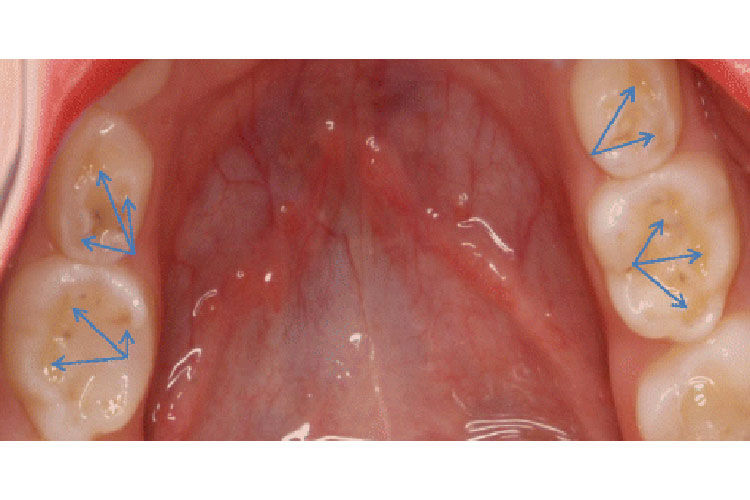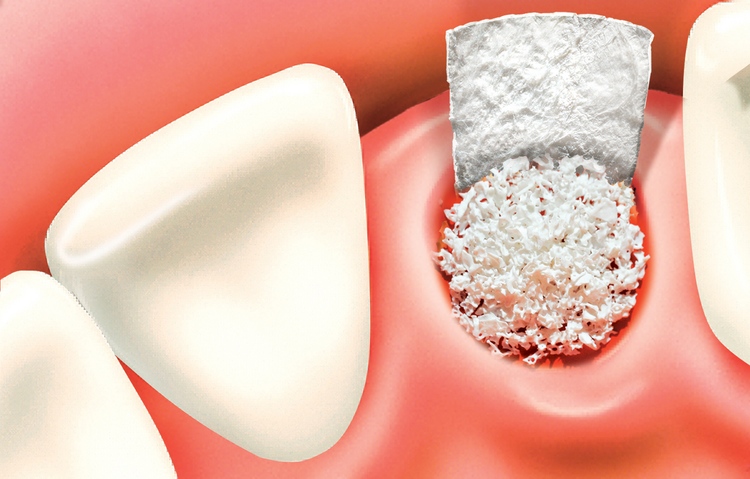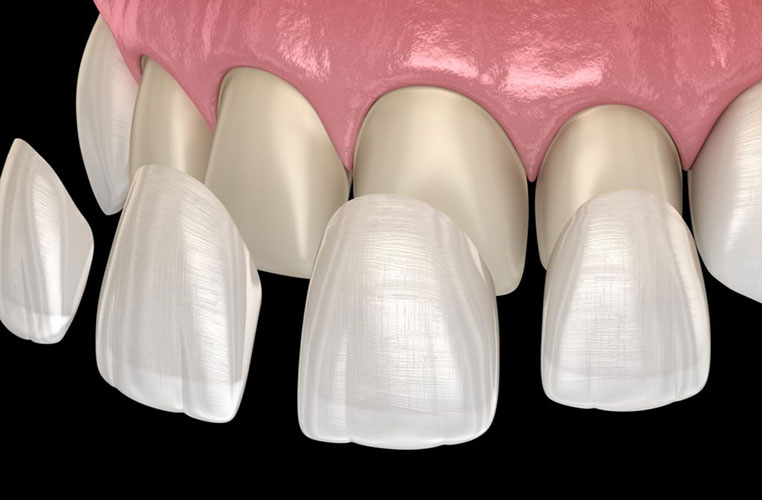 What exactly is TMJ? Is this an ailment that your dentist can treat? And if so, how would you know if you are suffering from TMJ?
What exactly is TMJ? Is this an ailment that your dentist can treat? And if so, how would you know if you are suffering from TMJ?
TMJ is short for temporomandibular joint, which is the joint found in your jaw. This means that TMJ is not an illness, as some people may think. The illness that is associated with your TMJ is called a TMD, or temporomandibular disorder. TMD can affect not only the TMJ, but can also include the muscles around your face.
Your TMJ consists of three main parts, namely the condyle, the glenoid fossa, and the small, soft disc that is between these two. The condyle is a ball-like part, and the glenoid fossa is the socket, which makes your temporomandibular joint a ball and socket type of joint. You can actually feel this jaw joint with your fingers if you place your fingers under the base of your ear, near the front of your face, and then you open your mouth.
TMD is not just one but a number of disorders that may affect your jaw, and these may be categorized into one of three categories. Some of the temporomandibular disorders people suffer include those that affect the muscles found in the neck and jaw, those that affect the bones and cartilage inside the TMJ, and those that affect these two simultaneously.
There are many reasons why people suffer from TMDs, and these can be due to jaw injuries due to a fight, an accident or even the excessive opening of your mouth. A TMD can also be caused by teeth clenching and grinding, as well as by the dislocation of the small, soft disc that is found between glenoid fossa and the condyle. Other possible causes of TMD include arthritis and stress. There will be times however when a dentist cannot determine the cause of the disorder, but they can only tell a patient that the disorder exists.
This problem comes with a few symptoms, with the most common and easily recognizable one being pain or discomfort in the jaw or the muscles around it. Other symptoms people may experience when they suffer from TMD include clicking and popping noises coming from the area when they chew; difficulty in opening their mouths wide; pain in the area as well as in the shoulders, neck and face; feeling of tiredness in and around the face area; and swelling in the area.
These symptoms can be easily mistaken for symptoms that other ailments have, which is often the reason why it is difficult to diagnose a person with TMD. If your dentist suspects however that you do have a problem with your TMJ, they may ask you questions regarding the issues you are having with your jaw. These questions may include when you started feeling pain or discomfort, if these are constant, if these worsen or remain the same, and if you have ailments like arthritis or are stressed out.
The best way for your dentist to determine if you are indeed suffering from a TMD is to conduct a physical exam, have an x-ray of the area taken, and in some cases, an MRI done. Once a diagnosis is made, your dentist can then find a treatment that is ideal for your TMD. Depending on the cause of the problem, solutions can be something as simple as stress reduction therapy, to surgical procedures that include bite adjustment and missing teeth replacement, to physical therapy and the use of an occlusal guard for the prevention of teeth grinding and clenching.
- Understanding Dental Cupping on Molars: Causes, Prevention, and Treatment - August 14, 2024
- Bone Preservation: Essential for Strong Dental Implants - August 5, 2024
- Porcelain Veneers from Design to Finish - July 27, 2024









